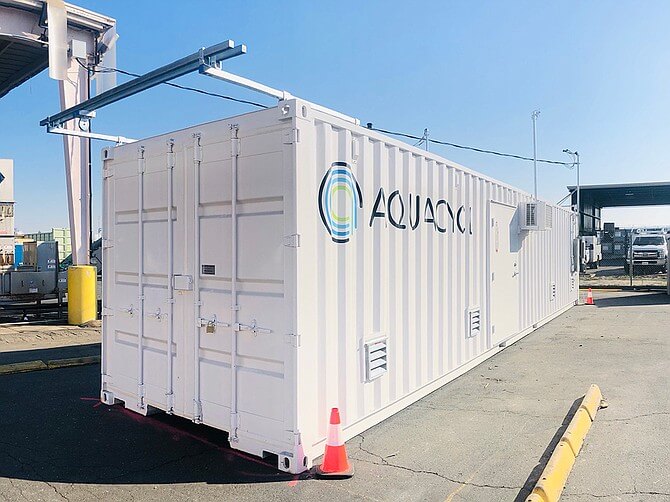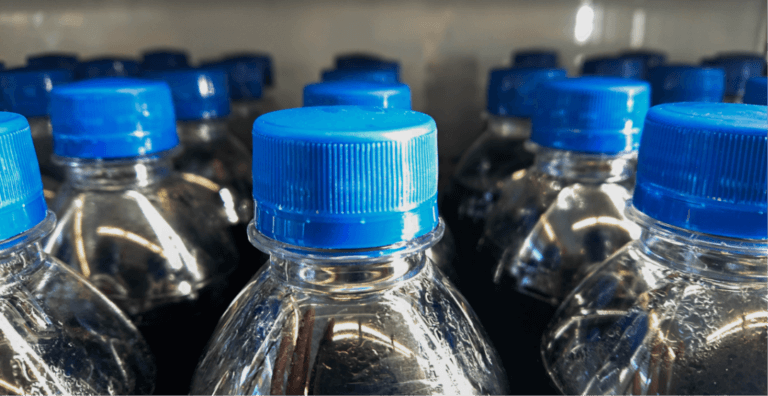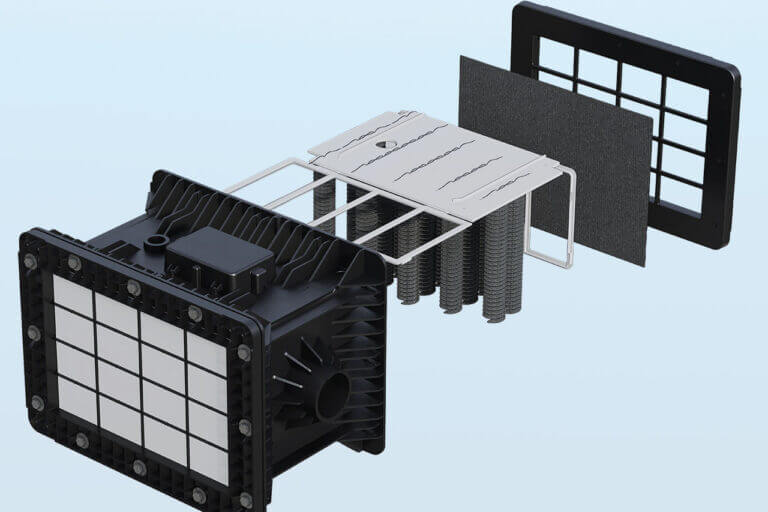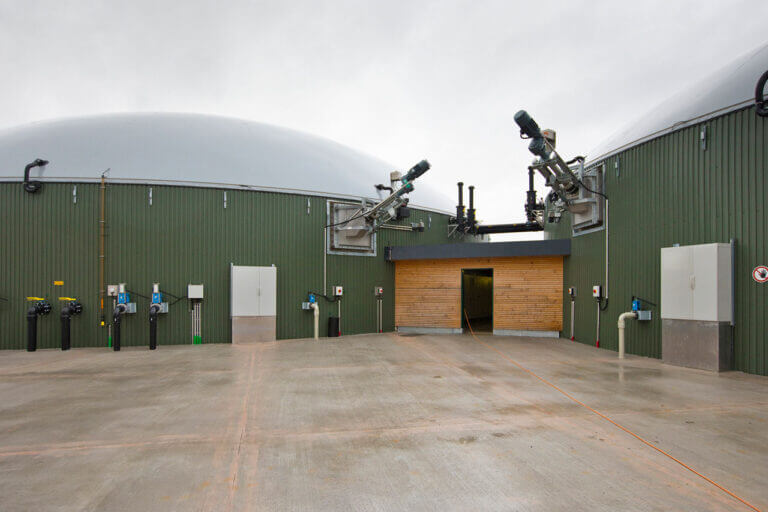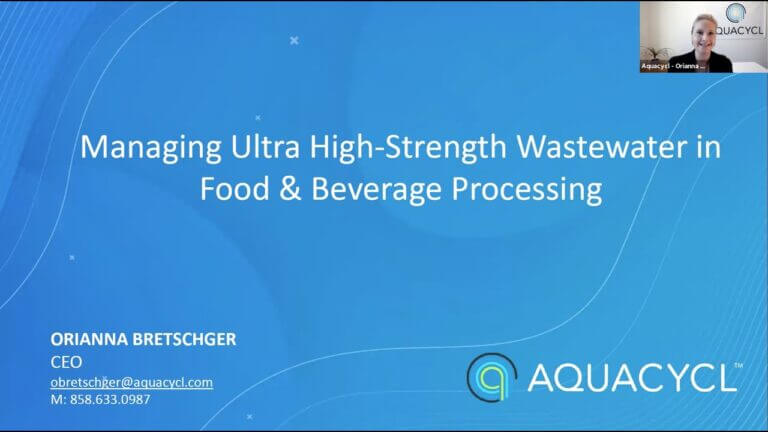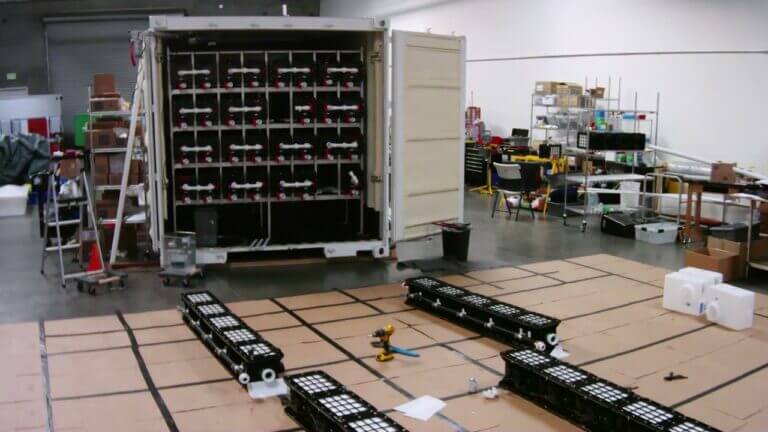Within secondary wastewater treatment, there are two common biological treatment methods.
These biological treatment methods depend on microbes breaking down organic materials. These microbes can be aerobic or anaerobic, selected based on the characteristics of the wastewater and available infrastructure resources.
Aerobic and anaerobic biological treatments each have their benefits and downsides that must be considered when planning and implementing onsite industrial wastewater treatment systems.
Let’s look at the characteristics of anaerobic versus aerobic wastewater treatment and discuss which treatment is appropriate for a given wastewater stream.
Biological vs Chemical Treatments
First, why is biological the common route for secondary treatment?
Biological treatments, which include both anaerobic and aerobic setups, use living microbes to break down organic material or biological oxygen demand (BOD).
If left untreated, this waste material will deplete the discharged bodies of water of oxygen as it breaks down in the environment, leading to the death of oxygen-organisms, odor and discoloration of the water.
Chemical treatments on the other hand utilize chemical reactions to remove contaminants such as toxic heavy metals, which are harder or impossible for bacteria to degrade, and control pH.
Chemicals such as sodium and calcium hydroxide are added to wastewater to precipitate the metals and allow them to be filtered out of the wastewater.
In other instances, ozone and hydrogen peroxide are used to break down polymers that can then be digested biologically.
Chemical treatments typically occur during primary wastewater treatment prior to biological treatment during the secondary phase.
Aerobic Wastewater Treatment
Aerobic treatment accounts for the majority (80%) of wastewater treatment plants in developed countries. As the name implies, aerobic microbes use oxygen to metabolize organic materials, which leads to a high operational cost and greenhouse gas (GHG) emissions due to the energy required for pumping oxygen through the water. Aeration alone for a typical wastewater treatment plant accounts for 60% of the energy use of the plant.
Additionally, aerobic treatments require large amounts of space, which if not available, necessitates additional energy for hauling wastewater offsite. This poses a substantial challenge for developed or urban areas.
Benefits-wise, aerobic systems are typically more cost-effective to install compared to anaerobic wastewater treatment systems.
They are also less sensitive to variations in the wastewater feedstock pH and temperature, reducing management and monitoring requirements and allow for greater variability in production.
However, they are more suitable for low to medium strength BOD wastewater that is less than 2000 ppm, since the amount of oxygen required is directly proportional to the amount of BOD in the wastewater.
The most common type of aerobic treatment is activated sludge process, which provides a controlled environment with continuous air flow to maintain conditions and encourage removal of organics by the flocs of bacteria which are suspended in the tanks.
Anaerobic Wastewater Treatment
Anaerobic wastewater treatment uses anaerobic microbes to break down organics in the water. The process requires carbon dioxide to fix the organic materials into methane in the form of biogas, which can then be cleaned and reused for energy generation.
Anaerobic treatments can handle BOD levels above 2,000 ppm, and can be an overall net-energy positive process because they do not require the same level of aeration, although CO2 must be made available in the tank.
However, anaerobic treatment is very sensitive to temperature and pH, so monitoring and controlling the feedstock water conditions is required, which adds an additional operational cost.
Anaerobic systems also take up a substantial amount of physical space and have a large hydraulic retention period, requiring 10 to 40 days to treat wastewater, pending strength and system type.
Common types of anaerobic technologies include sludge blanket reactors, which pass water through a layer of sludge containing the bacteria, and anaerobic filter reactors, which pass water over a filter medium covered in anaerobic bacteria.
Considerations for Aerobic vs Anaerobic Wastewater Treatment
The most common pollutant being removed by biological treatment is BOD, and the concentration or strength of BOD in your wastewater typically determines whether aerobic or anaerobic processes are the best solution for treatment.
Municipal sewage is usually low in concentration, at around 300-400 ppm, and for industrial dischargers, this is typical of their permit level, or what they are allowed to discharge to the sewer. Since municipal treatment and infrastructure is built primarily to accommodate residential sewage, high concentrations of BOD or other pollutants can create problems with the municipal treatment.
For industries that produce wastewater in the 500-2,000 ppm range, aeration is a viable strategy, but as stated before, can require large amounts of land and energy, which can run counter to a company’s net-zero goals.
However, industries which produce much higher BOD concentrations in their wastewater (between 5,000-30,000 ppm), must rely on anaerobic treatment. Anaerobic microbes are finicky creatures, and require a consistent, predictable feedstock. Any shocks and large variations in the incoming wastewater will create conditions that can take weeks to recover from.
In the case of highly concentrated streams such as syrups, discarded product, or the first 1-2 washes of clean in place (CIP), these will require dilution or hauling offsite, as they are too highly concentrated to put into standard anaerobic treatment.
BETT as an Alternative to Traditional Wastewater Treatment
Aquacycl’s BioElectricochemical Treatment Technology (BETT) can treat these highly concentrated streams that cannot be treated by traditional aerobic or anaerobic processes. While the total volume of these streams is usually low, the BOD content can be upwards of 50,000 to 100,000 ppm. These are problematic and costly to deal with. In one of our customer’s sites, they found that 3% of the volume they were generating accounted for 60% of their costs.
What’s unique about this technology is that it actually combines aerobic and anaerobic conditions to create its own unique class of biological treatment – bioelectrochemical treatment!
BETT reactors are capable of handling that concentration without requiring dilution. The reactors have a very low footprint and are modular, allowing facilities to scale up as needed.
The initial investment is also low, and Aquacycl’s wastewater treatment as a service provides 24/7 remote monitoring to ensure the systems are professionally maintained without the need to hire and train additional in-house staff.
These systems can remove up to 95% of BOD with very low energy input, making them an exceptional solution for industries that produce very concentrated organic wastewater.
To find out whether BETT is a viable solution for your onsite wastewater treatment, contact Aquacycl today.



